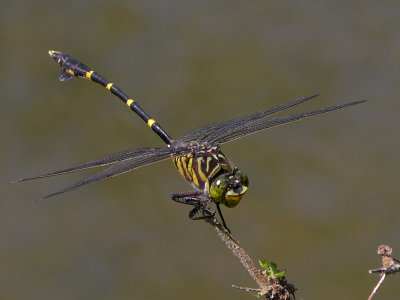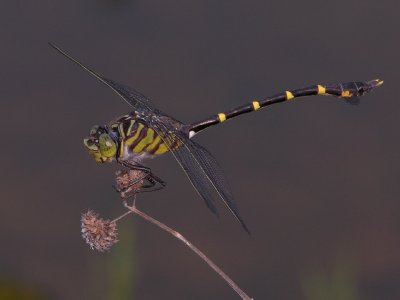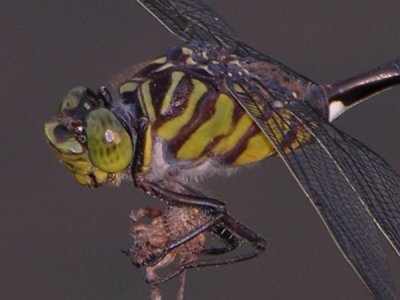





 |
 |
 |
 |
 |
 |
| Johan van 't Bosch | profile | all galleries >> Johan van 't Bosch nature and culture galleries >> Brazil galleries >> Dragons and damsels in Cristalino >> Gomphidae >> Cacoides cf latro | tree view | thumbnails | slideshow |
 Cacoides cf latro |
 Cacoides cf latro |
 Cacoides cf latro |
 Cacoides cf latro |
 Cacoides cf latro |
 Cacoides cf latro |
 Cacoides cf latro |
 Cacoides cf latro |
 Cacoides cf latro |
 Cacoides cf latro |
 Cacoides cf latro |
| comment | share |
| Johan van 't Bosch | 08-Dec-2007 14:26 | |
| KD | 08-Dec-2007 13:38 | |